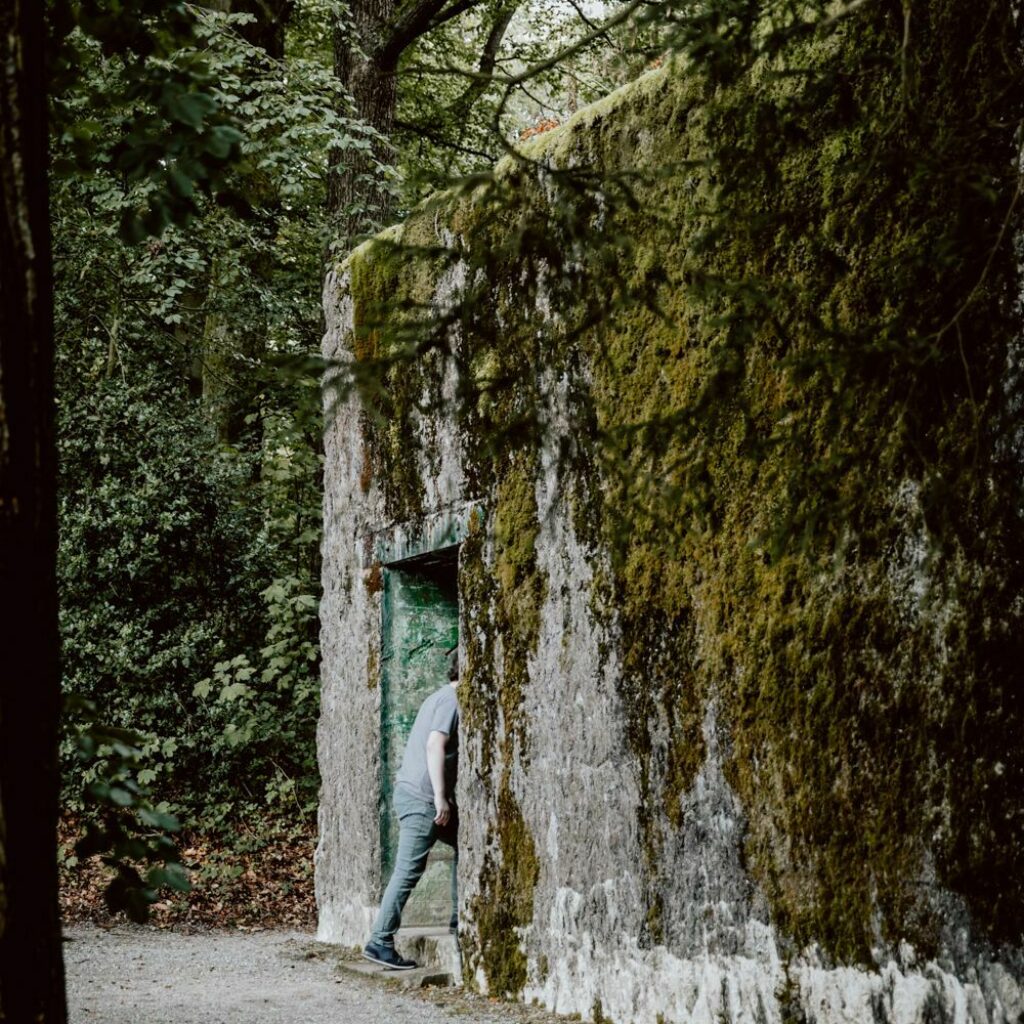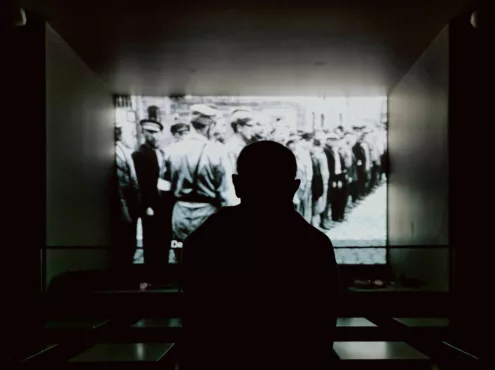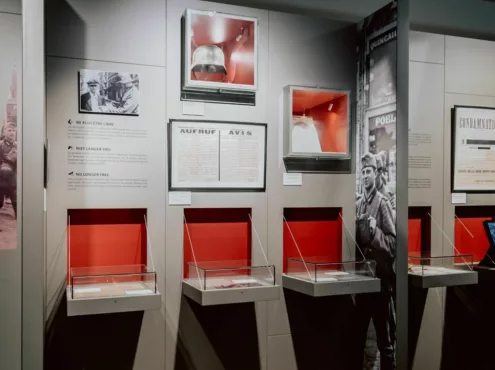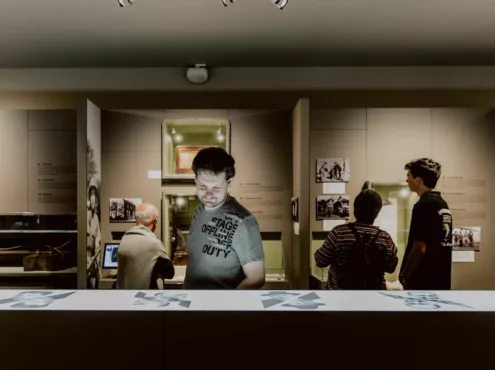Hitler's bunker
Hitler landed in Belgium, but what happened?

This site in Brûly-de-Pesche is home to the bunker Hitler stayed in the day before the invasion of France in May 1940. It shows Hitler’s headquarters and how the locals reacted to this traumatic event. An interesting episode of history that is often overlooked.
Gallery
Hitler in Belgium
Adolf Hitler stayed in this bunker for 22 days. This isn’t long, but it was enough for the general to decide on the conditions and peace agreements he imposed on France during this period. This was therefore a key moment in World War II.
The bunker is found in the village of Brûly-de-Pesche, just a few metres from the church and the cemetery. This is a perfect location for him: the nearby forest hides his set-up. He can follow the invasion by the German troops on French soil. Most importantly, there is a telephone.
You can explore the bunker here, but also the facilities that he built for his day-to-day needs. For example, there is a water point where Hitler liked to cool off and benches where he went to read.
A unique trip to Wolfsschlucht (the wolf ravine) near Couvin
It is surprising that this dictator chose this small village of barely one hundred people to build his headquarters.
What is interesting about this place is that a small museum recounts Hitler’s stay and, more importantly, how the locals reacted to this invasion. Other artefacts and souvenirs held to explain the context in greater detail.
You can also take a walk in the woods around the bunker. This is a good pretext (and a nice walk) to discuss World War II. We are often aware of the major events, but rarely know about these kinds of adventures.
Accessible to kids and young people
The bunker is quite visual, even if it is not very big. The walls are two metres thick. The site has more than 600 tons of concrete.
You can also see two chalets here. These were used by Hitler: one was for meetings with officers and the other was for relaxing and rehearsing his speeches.
The welcome pavilion has videos from the era and memorabilia to help understand what this is about. This also helps to explain the context.
There is also a resistance-theme treasure hunt in the woods. The game is called ‘On ne passe pas’ and is played via the Enigm App, which you can download before leaving. This game recalls the forced expulsion of 28,000 villagers when Hitler arrived in search of a safe area.
The resistance in Belgium
There is also a (rebuilt) forest shelter in the woods – the ‘cagna’ – which was used in July 1943 to help the resistance movement to fight German occupation. This group inadvertently found themselves a few metres from Hitler’s bunker without even knowing it.
Finally, we explore the lives of locals at this time, rather than focusing entirely on Hitler’s private life.
You can extend your visit with a walk through the village. Various educational panels explain the history of sites. This is nice. You can also try geocaching, which takes you to certain key points.


